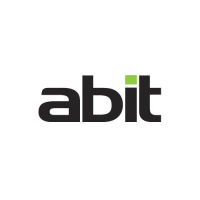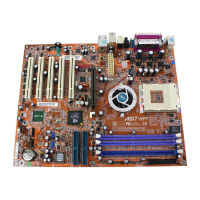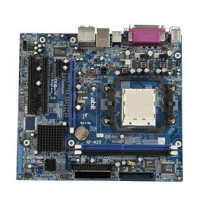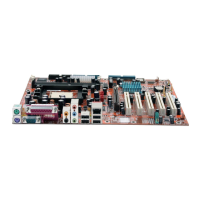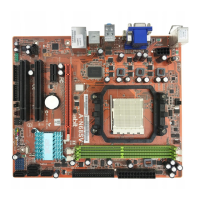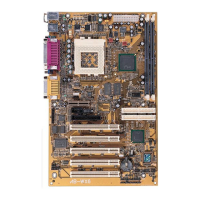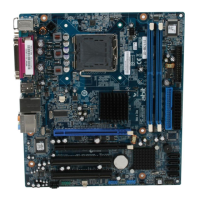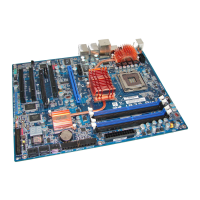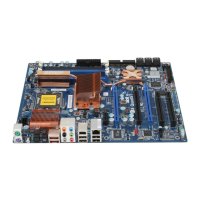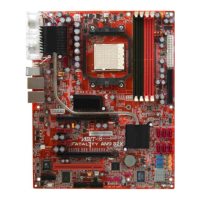What to do if Abit Motherboard does not boot after overclocking?
- JJohn NguyenAug 3, 2025
If your Abit Motherboard fails to boot after overclocking or incorrect BIOS settings, try these steps: 1. First, turn off the power supply, wait a minute, and turn it back on. If there's no power switch, unplug the power cord, wait a minute, and plug it back in. 2. If that doesn't work, hold down the key while powering on. If it boots, release and press to enter BIOS and correct the settings. 3. If the issue persists, power down and unplug. Open the computer case and find the CCMOS jumper near the battery. Move the jumper from the 1-2 position to the 2-3 position for one minute, then return it to 1-2. 4. As a last resort, repeat the jumper procedure, but also disconnect the ATX power connectors and remove the battery while discharging CMOS.
